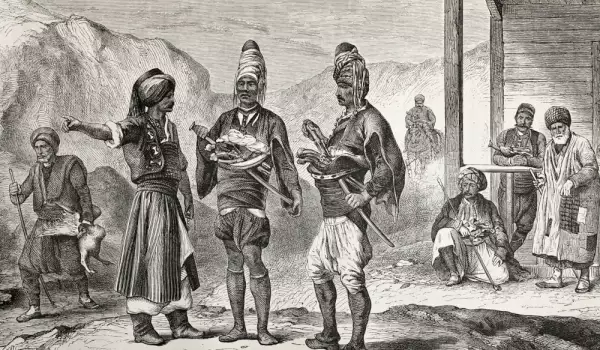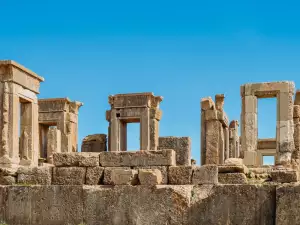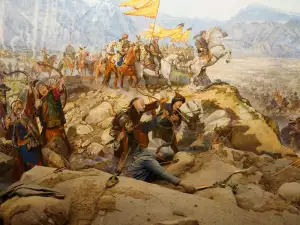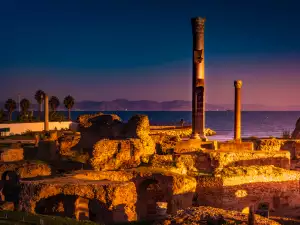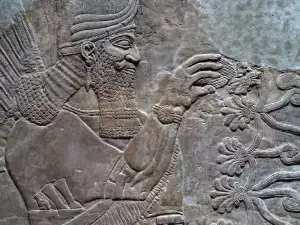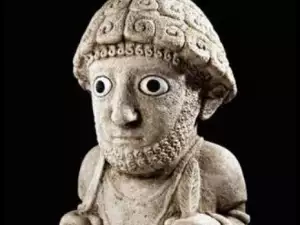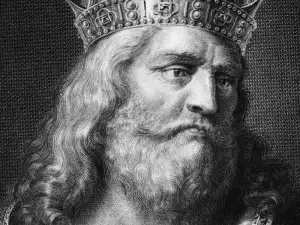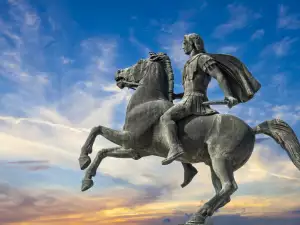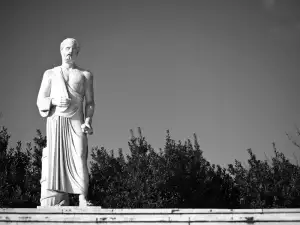The answer to the question of how to create an empire is not clear-cut, because it is a complex process that depends on many factors. An interesting answer can be given by the history of the Ottoman Empire. From a small political entity in the region of Bithynia in Asia Minor, it grew into an empire with claims to conquer Europe. And although it did not succeed in this endeavor, the empire ruled the Balkans for many centuries and was reckoned with in Europe.
Let's see how the Ottoman Empire was created and the country of the Ottoman Turks grew, how it became an empire and for what reasons it fell.
Prerequisites for the establishment of the Ottoman Empire
The success of the Ottomans in holding on and creating their own state unity was due to the weakened and fragmented political power of the local rulers of the Byzantine Empire. This made the western part of Asia Minor subject to raids for plunder. In these raids, the fighters follow the warlord who provides them with as much loot as possible.
These raiding groups were Ottomans moving into Asia Minor under the pressure of Mongol invasions. In Bithynia they managed to create their own small entity, from which the expansion of the Ottoman Empire actually started.
It takes its name from the first ruler, Osman I. He came from a Turkic tribe that migrated because of the Mongol invasions. There is almost no reliable historical information about him, because the Ottomans began to record their history from the 15th century onwards.
It is known that initially the state entity was created by nomadic Turks, but Christian admixtures were also included, as well as Jews. Islam is still the leading religion.
The early Ottomans cooperated with non-Muslims, were quite tolerant of other faiths, and the theory of a holy war against non-Muslims was only part of the general idea of conquering new lands, serving as a justification for a policy of expansion rather than a reason for it.
The decline of the neighbors, especially the Byzantine Empire, led to the seizure of more and more lands and placing them under the rule of the Ottomans. This necessitates the administration of these new territories. Thus, the Ottoman state unification not only grew, but also began to establish itself as a state, becoming more and more centralized.
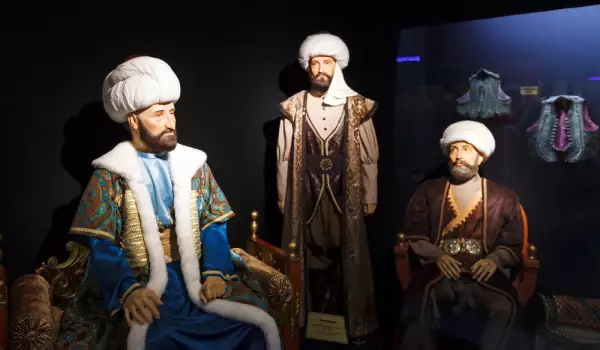
Taxes are introduced, the janissary corps is created, courts are established. These administrative arrangements were mainly the work of Sultan Murad I. The following rulers - Bayezid I, Mehmed I and Murad II mainly expanded the dominions by adding more and more Christian lands to them, and Mehmed II added the lands of the former Byzantine Empire, completing the conquest process.
One of the main advantages of the Ottomans over their neighbors is that they do not allow territories to be divided in order to settle the sons of the ruler with their own state, and the power is reserved for only one ruler, which preserves the integrity of the state union.
Many researchers consider the capture of Constantinople in 1453 by Mehmed II as the beginning of the Ottoman Empire.
This turning point has its background, in which the main points of reference are the presence of the Ottoman Turks in these places for 150 years, a solid period of establishment and establishment of firm foundations.
The other point of reference is the plague epidemic that ravaged the lands of the Balkans at the end of the 14th century. It mainly affects the settled population, almost depopulating a very wide perimeter, while equestrian peoples, such as the Ottomans at this time, are less affected due to their high mobility. The severely affected and disunited Christians were unable to put up a decisive resistance to the Ottoman invasion.
Establishing themselves firmly in the Balkans, the Ottomans more easily attacked and captured Constantinople, turning it into the center and capital of their already built state. In this way, the Ottoman Empire expanded into the interior of Europe, took control of the trade routes connecting Europe with Asia, and experienced a rise.
Rise of the Ottoman Empire
The first half of the 16th century was a time during which the Ottoman Empire flourished. Sultans Selim I and Suleiman I very wisely led the empire and managed to capture new territories both in Europe - Wallachia, Serbia, Transylvania and even unsuccessfully besieged Vienna under Suleiman I, but also in the Middle East, Egypt, Algeria. By conquering Baghdad, they secured access to the Persian Gulf.
The Ottoman Empire became the leading maritime power and dominated the Mediterranean, but this rise began to wane as early as the sixteenth century, as the Portuguese excelled them in naval affairs, as did the Spanish, who formed a coalition against them. The Battle of Lepanto took away the halo from the hitherto invincible Turkish fleet.
At the end of the 16th century, over 30 million people lived within the boundaries of the empire, which created tension due to the lack of resources and territories. The military and bureaucratic structures created earlier are already ineffective in the new conditions. Therefore the 17th century for the Ottoman Empire begins with stagnation leading to decline. During this period, an interesting phenomenon, called by history the Sultanate of Women, also appeared.
In practice, this is a period before which the most important decisions in the state are made by the sultans' wives. Five are the most influential female sultans in the history of the empire. Political contradictions and rivalries also arose between them, leading to the murders of some of the most prominent sultanas.
Over the next two centuries, the empire declined. Within the borders of the huge country lives a diverse population, with different religious affiliations and lifestyles. The Christian population is ahead of the Turkish population in terms of education and cultural and hence economic progress.
Dissatisfaction brewing at all levels expressed itself in continuous rebellions, and the Ottoman Empire began to lose territory in its rivalry with other countries, especially Austria and Russia.
The European powers waged a long struggle among themselves for control of the legacy of the Ottoman Empire, which was effectively in disintegration. The Crimean War was part of this struggle, and the war was a huge burden on the empire, which was forced to take out exorbitant loans.
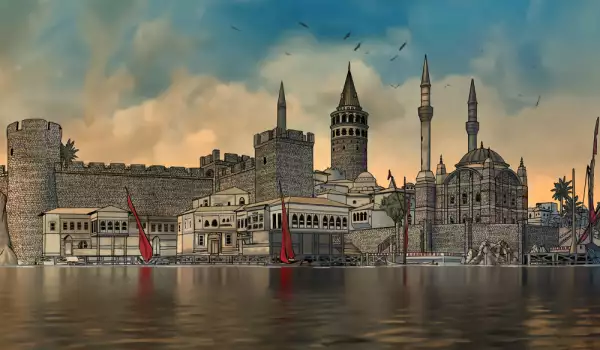
The disintegration is visible with the regaining of the independence of the Balkan countries, which one by one become independent again.
The last years of the empire were marked by the so-called revolution of the Young Turks. After Turkey's failures in World War I and some other political events, the Turkish War of Independence was won by Kemal Atatürk, and in 1922 the Sultanate was abolished. Turkey was declared a republic and with this act the collapse of the Ottoman Empire was officially recognized.
Thus, from the founder Osman I to the last sultan of the empire, Mehmed VI, 36 rulers were replaced, who were the face of the Ottoman Empire for a period of about 6 centuries in the diverse country, which marked ups and downs and forever changed the region of Asia Minor and the fate of many neighboring nations.
Because of the empire, the older Eastern Roman Empire with its center Constantinople disappeared forever, and the course of the historical development of its neighbors was totally changed. But the process is two-way, and the conquered countries exert their influence, changing the course of development of the empire.
The Republic of Turkey takes over the legacy of the Ottoman Empire.
